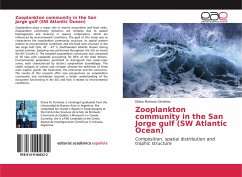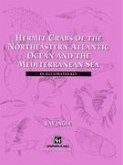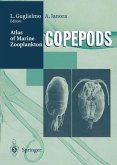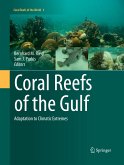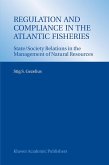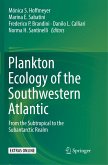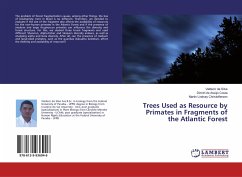Zooplankton plays a major role in marine ecosystems and food webs. Zooplankton community dynamics are complex due to spatial heterogeneity and diversity in species composition, which are influenced by environmental conditions. The goal of this study was to characterize the zooplankton community structure, its spatial pattern relative to environmental conditions and the food web structure in the San Jorge Gulf (SJG, 45° - 47° S, Southwestern Atlantic Ocean) during austral summer. Sampling was performed throughout the SJG on board the R/V Coriolis II. The sampled zooplankton community was composed of 30 taxa with copepods accounting for 83% of the total density. Environmental parameters permitted to distinguish two water-mass zones, each characterized by distinct zooplankton assemblages. The stable isotopes of carbon and nitrogen allowed the definition of three main trophic guilds: the herbivores, the omnivores and the carnivores. The results of this research offer new perspectiveson zooplankton community and contributes towards a better understanding of the ecosystem functioning in the SJG and how it relates to environmental conditions.
Bitte wählen Sie Ihr Anliegen aus.
Rechnungen
Retourenschein anfordern
Bestellstatus
Storno

